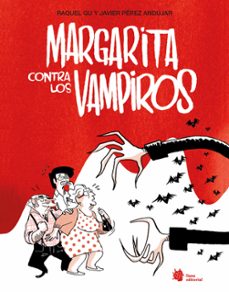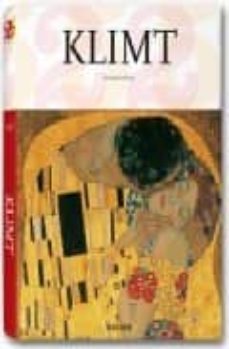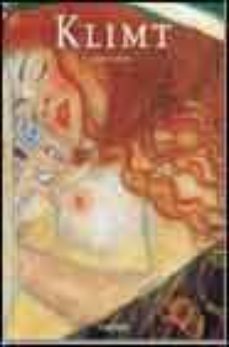Imprescindibles
Ficción
No Ficción
Ciencias y tecnología Biología Ciencias Ciencias naturales Divulgación científica Informática Ingeniería Matemáticas Medicina Salud y dietas Filología Biblioteconomía Estudios filológicos Estudios lingüísticos Estudios literarios Historia y crítica de la Literatura
Humanidades Autoayuda y espiritualidad Ciencias humanas Derecho Economía y Empresa Psicología y Pedagogía Filosofía Sociología Historia Arqueología Biografías Historia de España Historia Universal Historia por países
Infantil
Juvenil
#Jóvenes lectores Narrativa juvenil Clásicos adaptados Libros Wattpad Libros Booktok Libros de influencers Libros de Youtubers Libros Spicy Juveniles Libros LGTBIQ+ Temas sociales Libros ciencia ficción Libros de acción y aventura Cómic y manga juvenil Cómic juvenil Manga Shonen Manga Shojo Autores destacados Jennifer L. Armentrout Eloy Moreno Nerea Llanes Hannah Nicole Maehrer
Libros de fantasía Cozy Fantasy Dark academia Hadas y Fae Romantasy Royal Fantasy Urban Fantasy Vampiros y hombres lobo Otros Misterio y terror Cozy mistery Policiaca Spooky Terror Thriller y suspense Otros
Libros románticos y de amor Dark Romance Clean Romance Cowboy Romance Mafia y amor Romance dramatico Romcom libros Sport Romance Otros Clichés Enemies to Lovers Friends to Lovers Hermanastros Slow Burn Fake Dating Triángulo amoroso
Cómic y manga
Novela gráfica Novela gráfica americana Novela gráfica europea Novela gráfica de otros países Personajes, series y sagas Series y sagas Star Wars Superhéroes Cómics DC Cómics Marvel Cómics otros superhéroes Cómics Valiant
eBooks
Literatura Contemporánea Narrativa fantástica Novela de ciencia ficción Novela de terror Novela histórica Novela negra Novela romántica y erótica Juvenil Más de 13 años Más de 15 años Infantil eBooks infantiles
Humanidades Autoayuda y espiritualidad Ciencias humanas Economía y Empresa Psicología y Pedagogía Filosofía Historia Historia de España Historia Universal Arte Cine Música Historia del arte
Ciencia y tecnología Ciencias naturales Divulgación científica Medicina Salud y dietas Filología Estudios lingüísticos Estudios literarios Historia y crítica de la Literatura Estilo de vida Cocina Guías de viaje Ocio y deportes
GOTTFRIED FLIEDL
Recibe novedades de GOTTFRIED FLIEDL directamente en tu email
Filtros
Del 1 al 5 de 5
TASCHEN BENEDIKT 9783822852088
Gustav Klimt`s art is thoroughly fin de siecle. It expresses the apocalyptic atmosphere of Vienna`s upper-middle-class society a society devoted to the cultivation of aesthetic awareness and the cult of pleasure. The ecstatic joy which Klimt (18621918) and his contemporaries found or hoped to find in beauty was constantly overshadowed by death, and death therefore plays an important role in Klimt`s art. Klimt`s fame, however, rests on his reputation as one of the greatest erotic painters and graphic artists of his times. Particularly his drawings, which have been widely admired for their artistic excellence, are dominated by the erotic portrayal of women. Klimt saw the world "in female form." Author Gottfried Fliedl also discusses the Secession movement and Klimt`s role within this important group of artists.
Ver más
Tapa dura
TASCHEN BENEDIKT 9783822873670
Gustav Klimt - El mundo con forma femeninaEl arte de Gustav Klint representa a la perfección el fin de siglo, Viena, y la secesión.
Ver más
Tapa dura
TASCHEN BENEDIKT 9783822829172
En esta obra se analizan los problemas que plantean las contradicciones del pintor entre el compromiso por la revuelta estética, apoyada por la Secession y más tarde por otros grupos de artistas, y el acuerdo de paz con la cultura dominante; entre el artista vanguardista y el artista de la decadencia; el pintor perseguido y el pintor apoyado por el estado y admirado.
Ver más
Tapa blanda
TASCHEN BENEDIKT 9783822850145
Un recorrido por la vida y obra de Gustav Klimt: El mundo como forma de mujer, la Viena de Klimt, primeras obras, paisajes, El beso...
Ver más
Tapa dura
Del 1 al 5 de 5




























